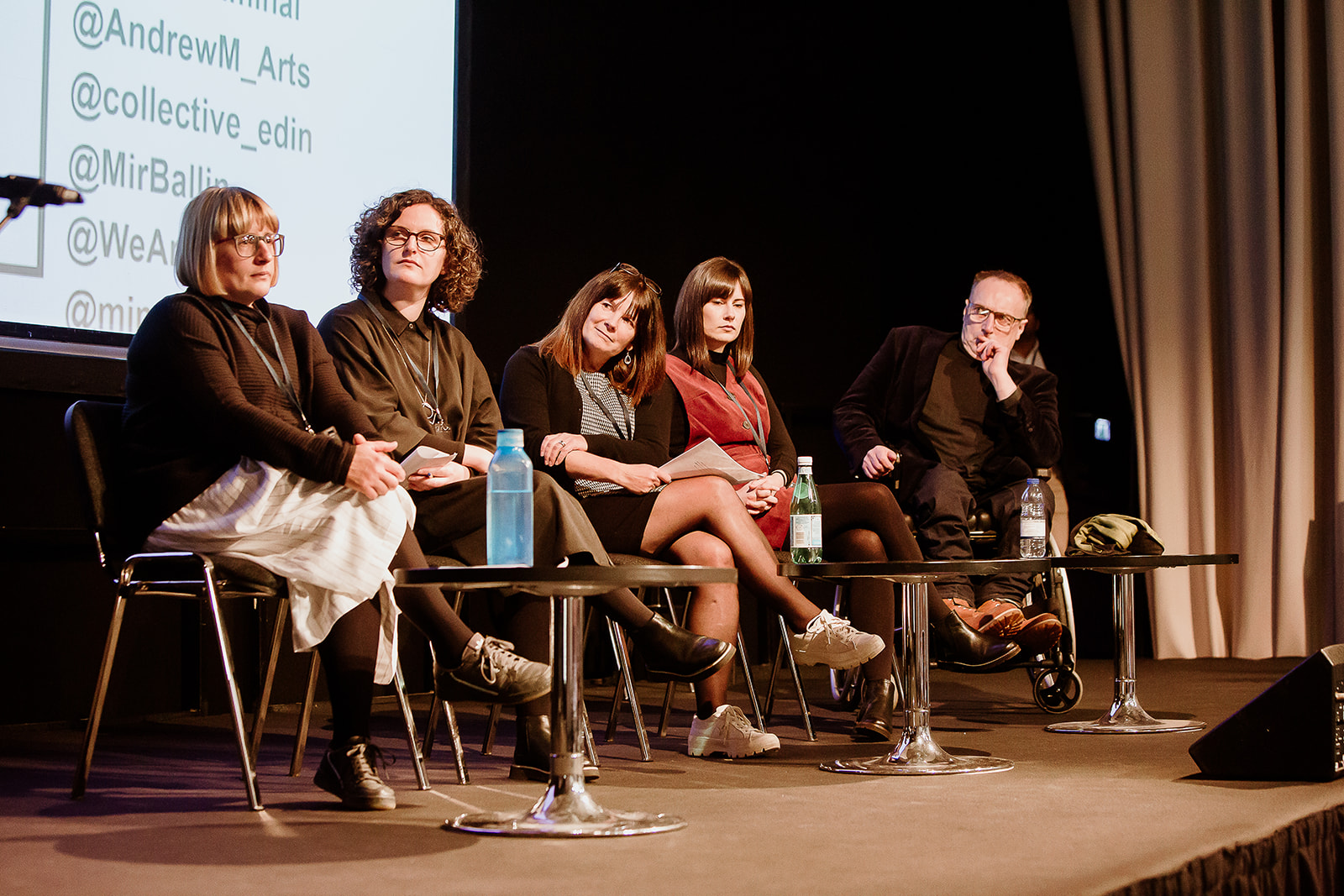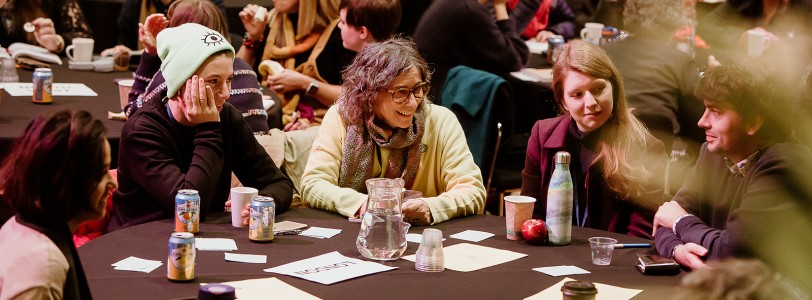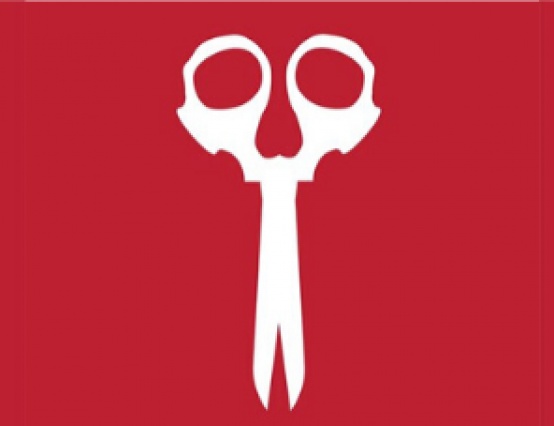How can we support young people to access arts and culture? If you have spent any length of time behind the scenes in the arts and culture sector, you are sure to have heard this question posed one way or another. Whether it is about engagement, reaching the right audience or how we make topics ‘relevant’, it is a concept which the staff of museums, galleries, theatres, festivals and all sorts of other venues are constantly thinking about.
This was the theme for the recent Engage Conference, held at Northumbria University in Newcastle upon Tyne. As a born and bred Geordie, it was wonderful to see the conference to come to a northern city. We are very lucky to have a wonderful arts and culture scene in Newcastle, however all too often it can feel like London is the centre for this sector. By spreading the geographical reach, this immediately begins to make arts and culture more universal, and accessible to younger generations. Depending on how you define ‘young person’, I have recently been one (and could still be if you are feeling generous!), as well as having worked in the sector with children and other ‘young people’, so the theme is of huge interest to me.
The conference was set around the idea that arts and culture is still ‘locked away’ for many young people, and conversations were about how we overcome those barriers. As it is such a huge topic, the conference was split into four main areas:
Who do we mean when we talk about young people
The impact of policy and partnership
How we help young people overcome barriers to access
How to support training for young people seeking a career in the sector
The conference had a packed programme, with a range of contributors sharing their best practice, panels answering questions on the four key strands, and breakout and ‘fringe’ sessions from local arts and culture organisations such as the Laing and Hatton Galleries, the Baltic Art Gallery, as well as local schools, Newcastle and Northumbria University and organisations such as New Writing North and Helix Arts.
 Research by students from Cardinal Hume Catholic School, Engage Conference 2019, Newcastle and Gateshead. Image: Photo: Emily Carey, Silverbird Photography
Research by students from Cardinal Hume Catholic School, Engage Conference 2019, Newcastle and Gateshead. Image: Photo: Emily Carey, Silverbird Photography
The highlight of the event was the sharing of practice. By showcasing such a variety of work that was already being done with children and young people it really inspired delegates in terms of what they could offer. Due to the nature of the conference, it was impossible to attend everything, but did offer wonderful variety. Of particular interest to me was one of the stories shared shared regarding ‘co-production’ and the experiences of the Brent Blueprint Collective in not simply ‘engaging’ young people but handing the power back to them.
Many of the conversations and questions seemed to centre around unpacking our assumptions. One extremely thought-provoking question I heard was about what we mean by ‘arts and culture’ and whether young people have their own culture which we (as professionals in the industry) aren’t tapped into.This was a really interesting point, especially given that there wasn’t a significant number of young people there at day 2 of the conference to engage in the conversations we were having about them. Some of this was captured through a project by local school children who were taking polls on controversial questions around what we consider to be art, including graffiti and ‘art’ on social media, as well as whether art needs to have ‘meaning’. While the responses of the adult delegates were well aligned with the thoughts of the students, I wondered how many of us are incorporating these wider definitions of art and engagement online and with technology into our practice? Claire Pounder, Helen Wickens, Miranda Ballin, Siobhan Carroll and Andrew Miller, Engage Conference 2019, Newcastle and Gateshead. Photo: Emily Carey, Silverbird Photography
Claire Pounder, Helen Wickens, Miranda Ballin, Siobhan Carroll and Andrew Miller, Engage Conference 2019, Newcastle and Gateshead. Photo: Emily Carey, Silverbird Photography
When it came to the key question about how we remove barriers, there was a lot of conversation around accessibility - not only for those with disabilities but also in terms of harder to reach audiences, and those who may not be able to afford certain activities. I was proud to say that most of what I heard was not new to me - the work I have been a part of in the past was always very accessible. However, it is important to remember that this is not the case for all organisations or venues, and it is crucial to always be thinking about this and not to become complacent.
There were so many engaging conversations that happened at this conference, it would be impossible to capture them all, but at the same time, those very conversations are some of the most important things to come from the event. Having these dialogues, and exchanging different ways of working that we can then take back to our own organisations will be beneficial to the industry as a whole. My only ask would have been to include more young people as part of those conversations. In my opinion, the organisations who engage young people best are those who give us a seat at the table, ask us what we want to do and see and let us be a part of it.
What are your ideas? How would you like to see arts organisations engaging with young people? Let us know in the comments.









0 Comments